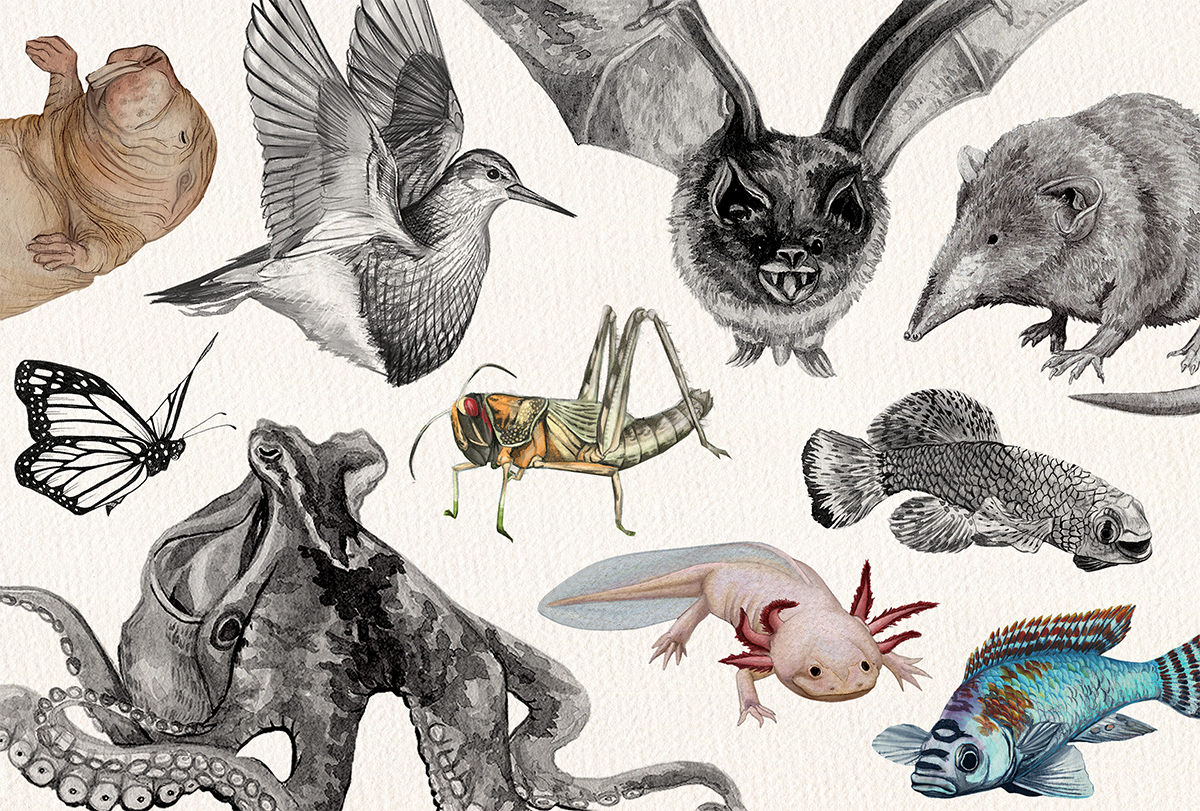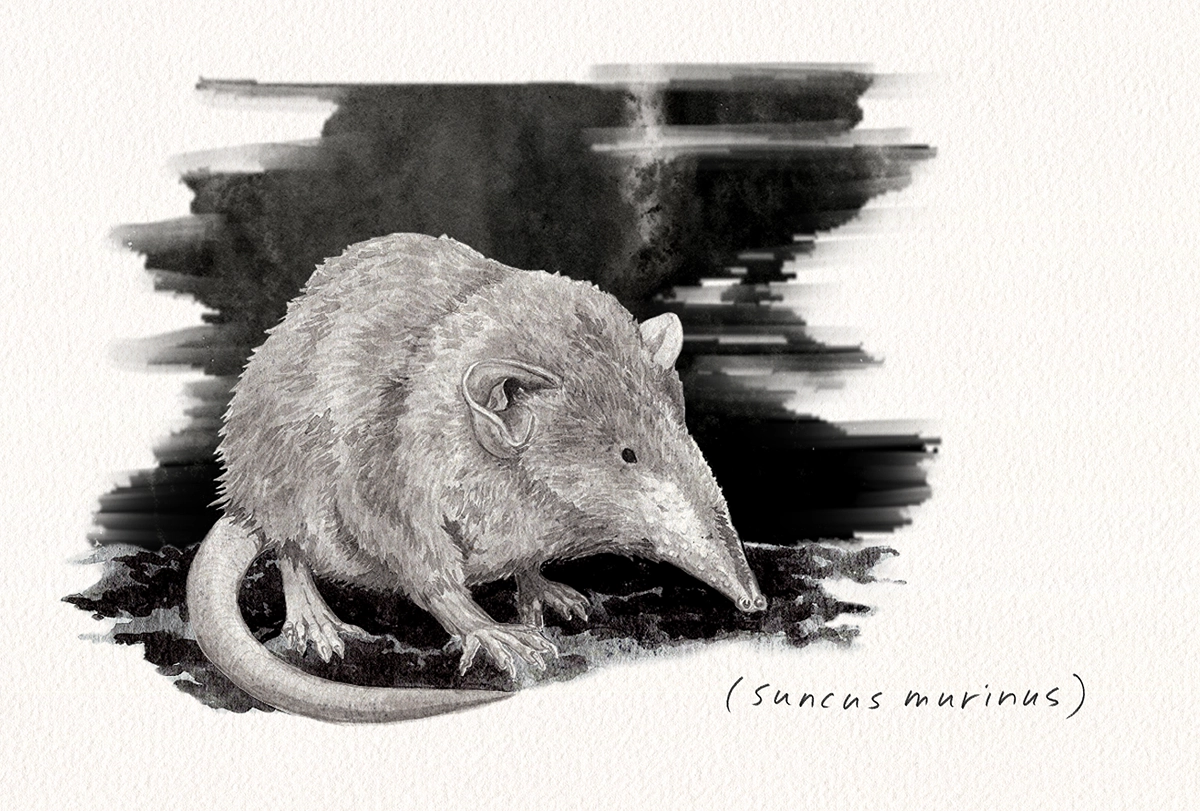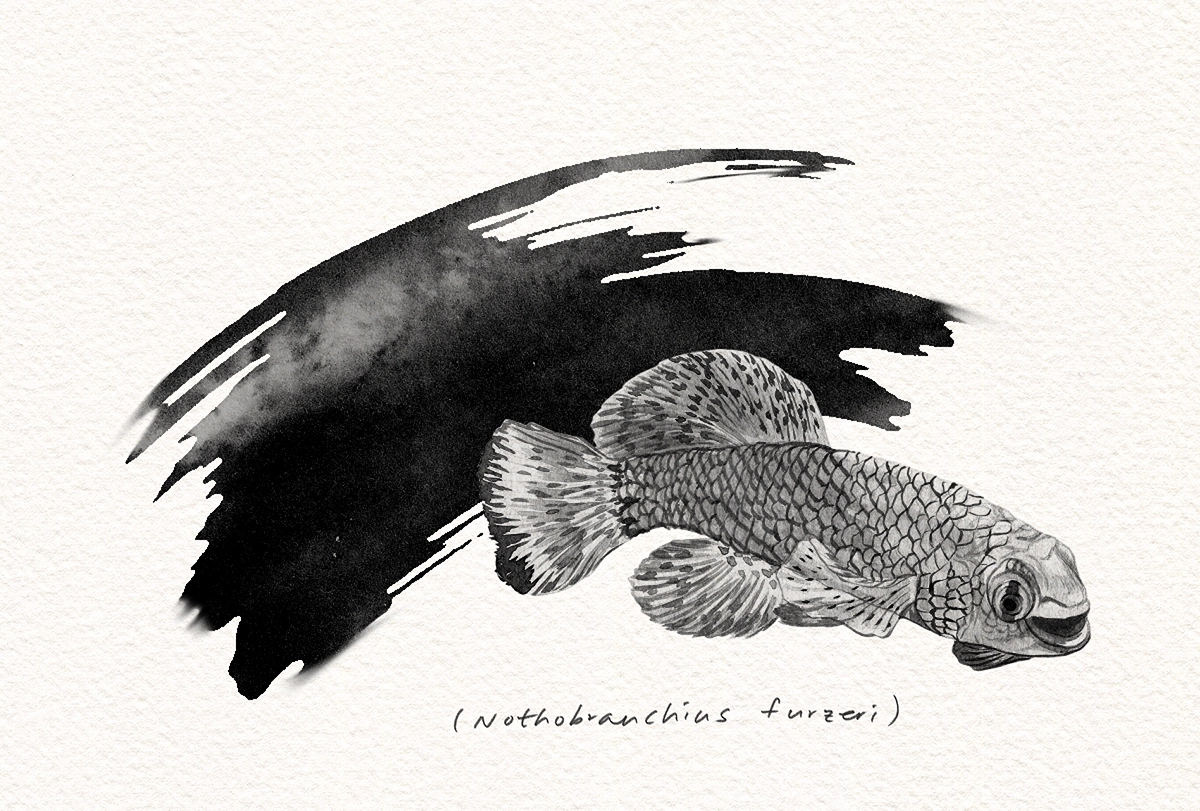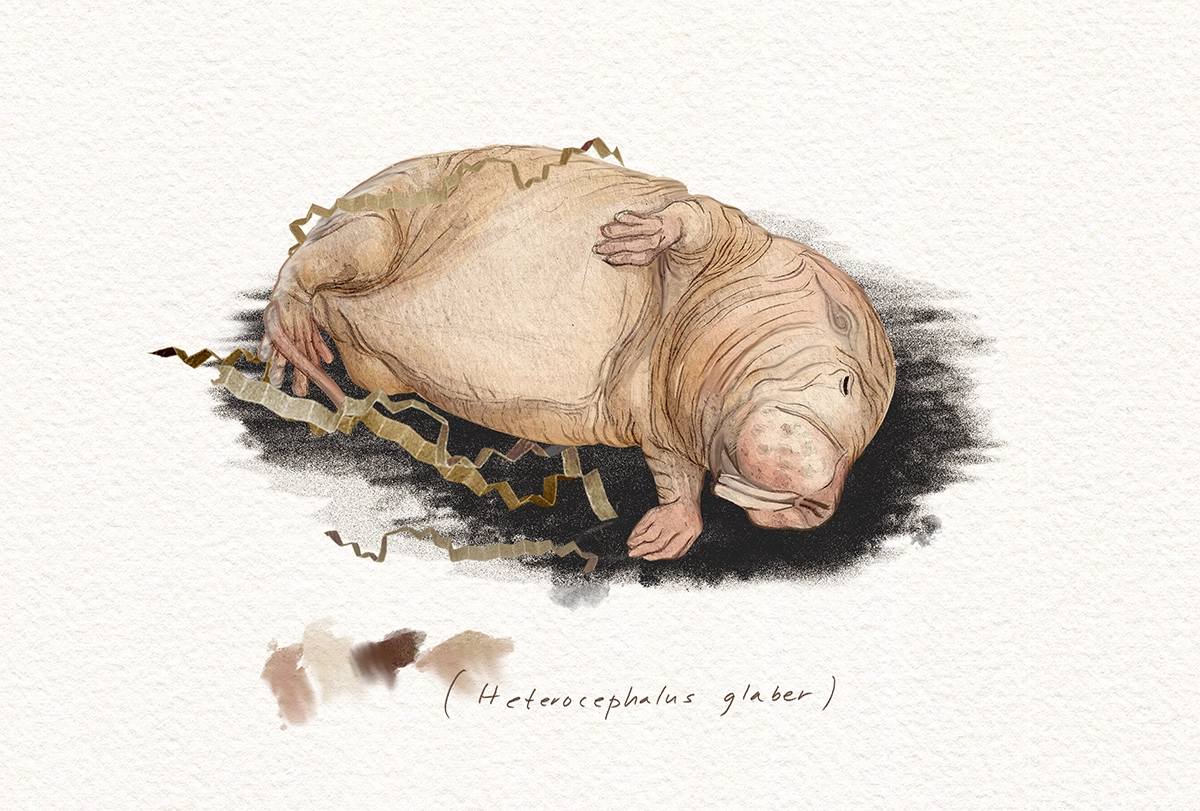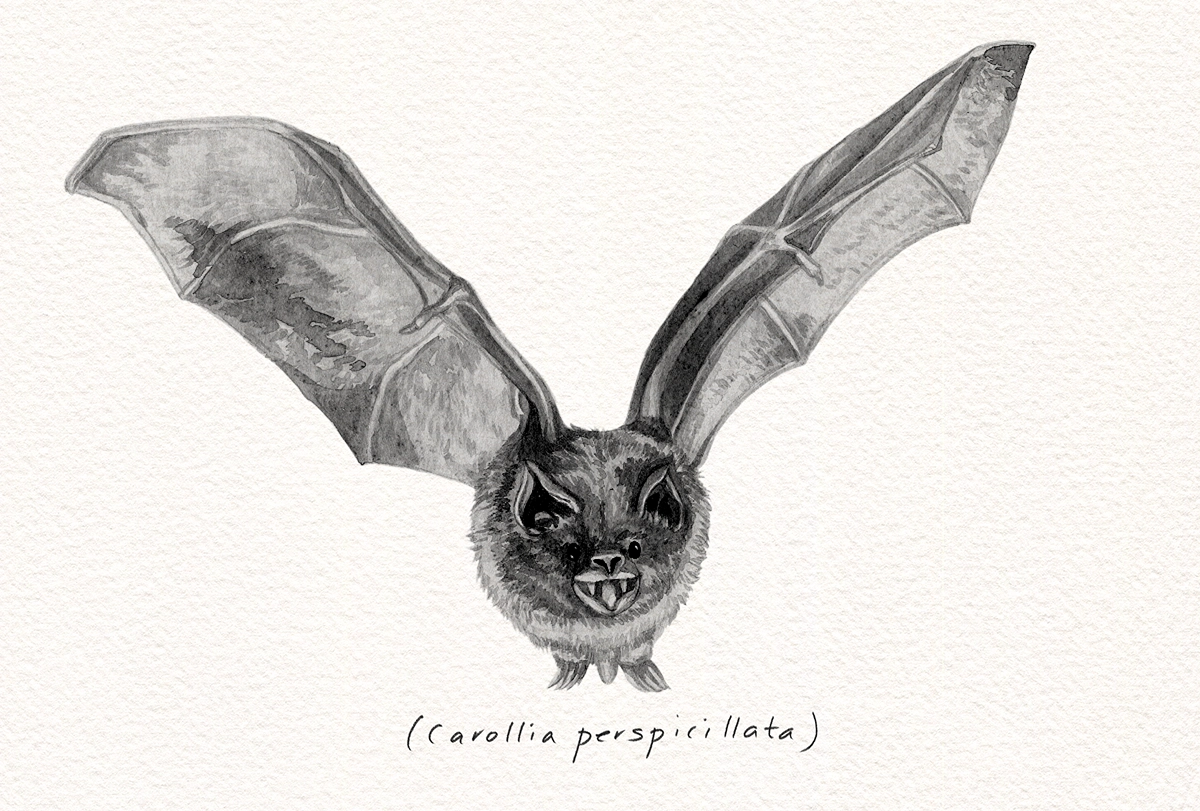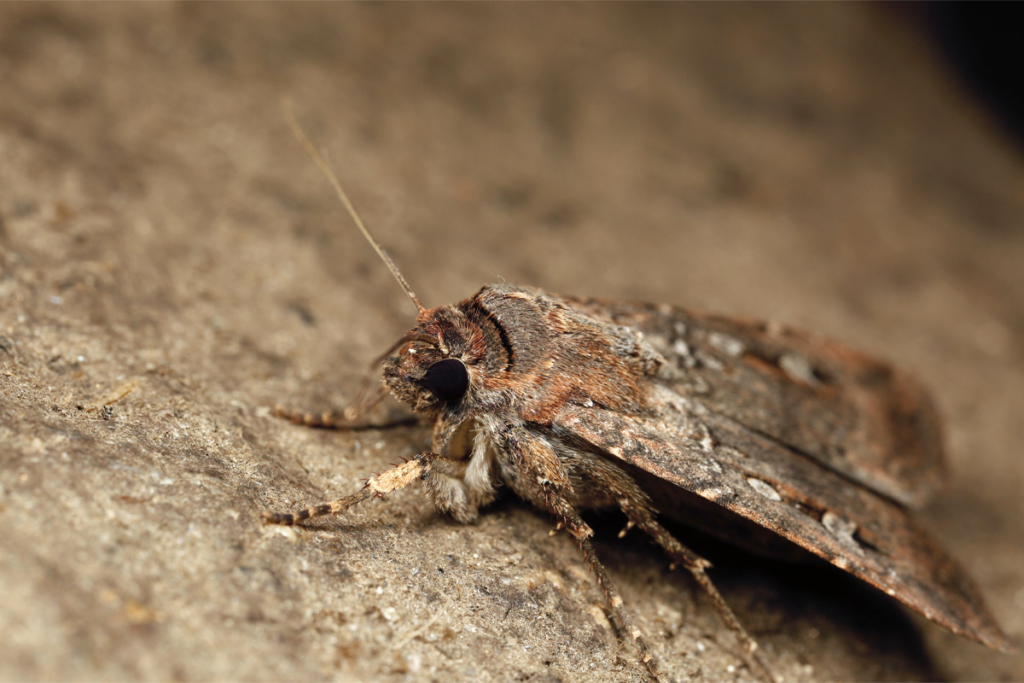Neuroscience can sometimes feel like an old mouse club—but it wasn’t always that way. In the 1960s and ’70s, neuroscientists routinely put on their field boots to search for the “animal that was expert at doing the task that you were interested in studying,” says Eve Marder, university professor of biology at Brandeis University. “People studied insects and annelids and mollusks and every kind of animal imaginable. And if they could have studied elephants, they would have.”
Many fundamental—and Nobel-prize-winning—discoveries emerged from this approach. Recording from the squid’s giant axon, for example, revealed how action potentials work; experiments in sea slugs illuminated the molecular changes that drive learning and memory; work in barn owls unraveled sound localization; and studies in horseshoe crabs first exposed lateral inhibition in photoreceptors.
But by the end of the 20th century, model diversity had fallen out of vogue. A small band of neuroethologists continued to explore animals off the beaten path, but the majority of neuroscientists soon jumped over to standard animal models, Marder says.
Many of today’s common model organisms—including the mouse, zebrafish, roundworm and fruit fly—soared in popularity because they are cheap, easy to work with and quick to raise in a lab. The invention of molecular and genetic tools tailored to these species only increased their appeal, as did attention from the U.S. federal government. In 1999, the National Institutes of Health (NIH) published a list of 13 canonical model organisms for biomedical research, and in 2004 the organization’s “road map” encouraged the use of research animals for which genetic tools were available.
Now, two decades later, a non-model organism “renaissance” is underway, says Ishmail Abdus-Saboor, associate professor of biological sciences at Columbia University, as a growing number of neuroscientists step outside of the model organism box.
This shift is largely due to cost reductions and technological advances in “species-neutral” techniques, says Sam Reiter, assistant professor of computational neuroethology at the Okinawa Institute of Science and Technology, such as high-throughput extracellular recordings, machine-learning-based behavioral tracking, genome and transcriptome sequencing, and gene-editing tools. “This lets researchers quickly reach close to the cutting edge, even if working on an animal where little is known.”
Venturing outside the world of standard models offers two advantages, Reiter says: Specific insights from animals that are expert at some behavior can reveal general principles about the nervous system, and cross-species comparisons can also illuminate the evolution of the brain.
“It’s been fascinating to see the way that, over time, nature has evolved all these different solutions to the same kinds of fundamental problems,” says Duncan Leitch, assistant professor of integrative biology and physiology at the University of California, Los Angeles, who studies the sensory systems of hummingbirds, electric fish, alligators, amphibians and other vertebrates. “That would not have been possible to see without looking at non-model animals.”
Comparative studies can also demonstrate which findings from standard animal models are truly generalizable and which are specific to that animal. “People are studying mice not because they’re necessarily interested in mice, but because they’re hoping to find something that generalizes,” Reiter says. “But the only way to see whether it generalizes is to compare with other animals.”
Read more below about how 10 neuroscientists are using nontraditional animal models to explore fundamental questions about the nervous system.
